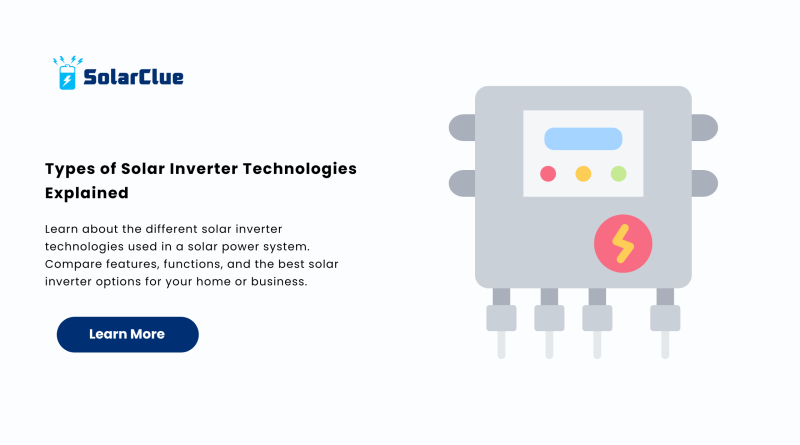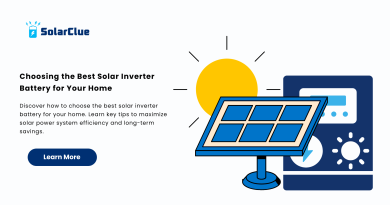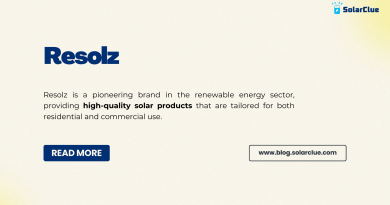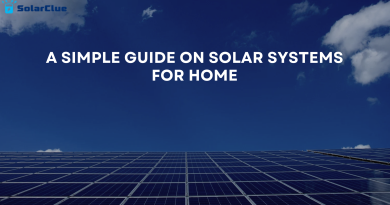Types of Solar Inverter Technologies Explained
When investing in a solar power system, most people focus on the panels—but the real brains behind the operation is the solar inverter. It’s the component that converts DC (direct current) electricity from solar panels into usable AC (alternating current) power for your appliances. Choosing the right solar inverter technology is critical for maximizing efficiency, performance, and long-term savings.
In this blog, we will explore the various types of solar inverter technologies, how they work, their pros and cons, pricing, and how to select the best solar inverter based on your needs.
Table of Contents
What is a Solar Inverter?
A solar inverter is a crucial part of any solar power system. It not only converts solar energy into usable electricity but also manages the flow of energy, monitors performance, and ensures safety protocols are in place. Without it, solar panels alone would be ineffective for home or business use.
Types of Solar Inverter Technologies
Let’s break down the major types of solar inverter technologies available today:
1. String Inverter
String inverters are the most commonly used in residential and small commercial setups. In this system, multiple solar panels are connected in series, or a “string,” and feed into a central inverter.
Pros:
-
Cost-effective
-
Easy to install and maintain
-
Proven and reliable
Cons:
-
If one panel underperforms (due to shading or damage), the whole string’s output is affected
-
Limited optimization per panel
Ideal for: Homes with unobstructed rooftops and similar panel orientation
2. Micro Inverter
Micro inverters are installed on each solar panel individually. They convert DC to AC right at the panel level.
Pros:
-
Maximizes energy output by allowing each panel to operate independently
-
Great for shaded or complex rooftops
-
Enables panel-level monitoring
Cons:
-
Higher initial solar inverter cost
-
Slightly more complex to maintain due to multiple units
Ideal for: Rooftops with partial shading or panels facing different directions
3. Power Optimizer Inverter (Hybrid Solution)
These combine features of both string and micro inverters. A power optimizer is attached to each panel to condition the DC electricity before sending it to a centralized string inverter.
Pros:
-
Higher efficiency than traditional string inverters
-
Panel-level performance optimization
-
Lower cost than micro inverters
Cons:
-
Slightly more complex than basic string systems
-
Involves multiple components
Ideal for: Installations needing a balance between cost and panel-level optimization
4. Hybrid Inverter
Also known as multi-mode inverters, these work with both the grid and battery storage. They manage solar input, battery charging, and grid supply all in one unit.
Pros:
-
Seamlessly integrates with battery systems
-
Supports energy independence
-
Works during power cuts (with battery backup)
Cons:
-
Higher solar inverter cost
-
Requires battery investment for full potential
Ideal for: Homes or businesses looking for off-grid or backup solutions
5. Off-Grid Inverter
Designed specifically for standalone systems that don’t connect to the grid, off-grid inverters are paired with batteries to provide electricity during night hours or cloudy days.
Pros:
-
Total energy independence
-
Ideal for remote areas
Cons:
-
Requires larger battery systems
-
Expensive setup and maintenance
Ideal for: Remote locations without grid access
Comparing Solar Inverter Costs in India
Here’s a basic comparison table for solar inverter cost estimates (as of 2025):
| Inverter Type | Price Range (INR) | Use Case |
|---|---|---|
| String Inverter | ₹15,000 – ₹60,000 | Budget residential setups |
| Micro Inverter | ₹25,000 – ₹90,000 (per panel) | Shaded or multi-angle roofs |
| Power Optimizer System | ₹40,000 – ₹1,20,000 | Mid-range hybrid users |
| Hybrid Inverter | ₹60,000 – ₹2,00,000 | Grid + Battery integration |
| Off-Grid Inverter | ₹70,000 – ₹2,50,000 | Remote locations |
Prices vary depending on brand, capacity, and smart features.
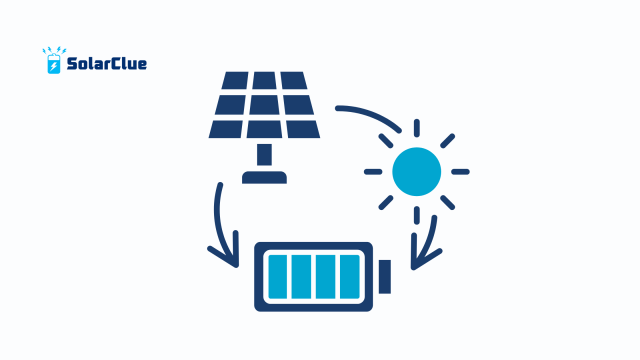
How to Choose the Best Solar Inverter?
Choosing the best solar inverter depends on several factors:
-
Roof Type and Layout: Shaded areas may benefit from micro inverters or optimizers.
-
Energy Usage Pattern: If you have high night-time usage, go for a hybrid inverter with battery support.
-
Budget: String inverters are affordable; hybrid ones are an investment.
-
Future Expansion Plans: Choose inverters that support additional panels or batteries.
-
Warranty and Support: Opt for trusted brands with strong after-sales service.
FAQs
Q1. What is the difference between a string inverter and a micro inverter?
A string inverter connects a group of solar panels to one central unit, while a micro inverter is installed on each panel individually, allowing for better optimization.
Q2. How long do solar inverters last?
Most solar inverters have a lifespan of 10 to 15 years, depending on the brand and maintenance. Some premium models offer up to 20 years of warranty.
Q3. Can I upgrade from a string inverter to a hybrid one later?
Yes, you can upgrade, but it may require rewiring and additional components depending on your current setup.
Q4. Which is the best solar inverter for Indian homes?
For typical Indian households, string inverters from brands like Growatt, Luminous, and Fronius are popular. Hybrid inverters are ideal if you’re planning to add batteries.
Q5. What is the maintenance required for solar inverters?
Solar inverters require minimal maintenance—just regular cleaning, performance checks, and ensuring proper ventilation.
Conclusion
Understanding the types of solar inverter technologies is key to building an efficient and reliable solar power system. Whether you want something basic, smart, or completely independent from the grid, there’s an inverter to match your needs and budget. Don’t just look at the price—evaluate features, performance, and compatibility with your goals to choose the best solar inverter for long-term returns and peace of mind.
🌞 Thinking of upgrading or installing a solar inverter? Visit solarclue.com or dive deeper into expert solar insights at blog.solarclue.com and choose smarter with SolarClue.

